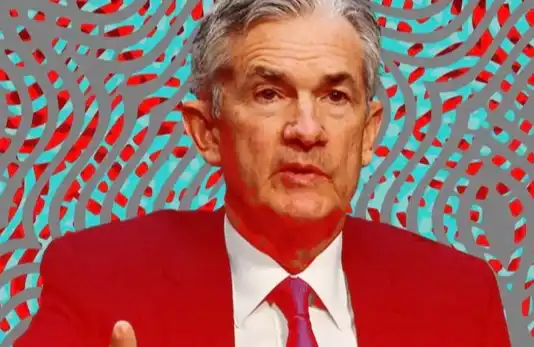Email Quick Login
Verification Code
Get Verification Code
Join
Forgot Password
Verification Code Login
/
Register
Bitcoin Volatility Drops to 2.54%

2025-04-09 16:05
BlockBeats News, April 9th, according to Coinglass data, Bitcoin's volatility has continued to fall for two consecutive days and has now dropped to 2.54%.
High Bitcoin volatility is often associated with speculative trading and retail FOMO sentiment. When volatility decreases, it may indicate a reduction in short-term speculation, the market entering a consolidation phase or a "cooling-off period." Additionally, Bitcoin price volatility is often linked to macroeconomic events such as inflation expectations, interest rate changes, or geopolitical risks. When these external factors stabilize, Bitcoin's volatility may also decrease.
Correction/Report
This platform has fully integrated the Farcaster protocol. If you have a Farcaster account, you canLogin
to comment


2025-04-17 15:36


2025-04-17 18:05


2025-04-17 18:35


2025-04-17 19:14

On-Chain Detective

Correction/Report
Submit
Add Library
Visible to myself only
Public
Save
Choose Library
Add Library
Cancel
Finish
 Forum
Forum OPRR
OPRR Finance
Finance
 Specials
Specials
 On-chain Eco
On-chain Eco
 Entry
Entry
 Podcasts
Podcasts
 Data
Data


